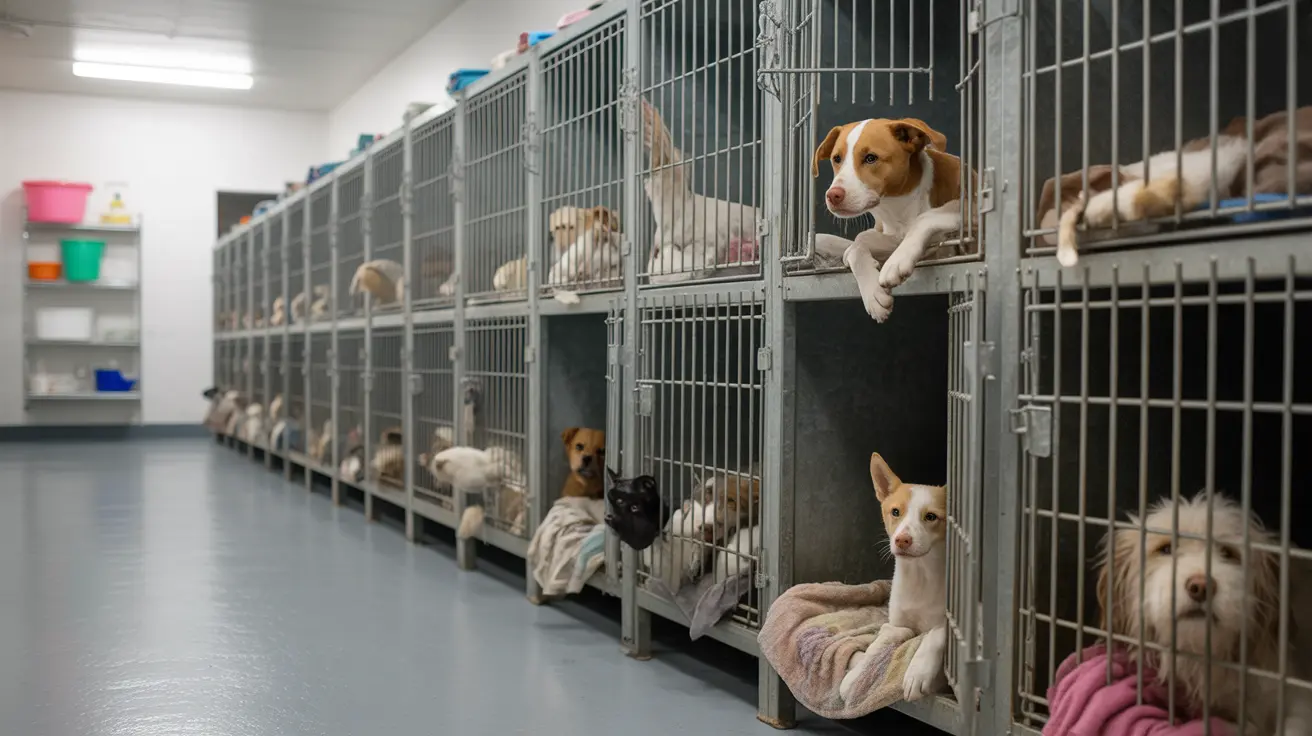Understanding the Capacity Crisis
The recent surge in animal intakes at Seminole County Animal Services represents a critical challenge for the facility's operations. When shelters exceed their designed capacity, it can create additional stress on both the animals and the staff working tirelessly to provide care. This situation underscores the importance of community support and involvement in addressing animal welfare challenges.
Impact on Animal Welfare
Operating beyond capacity can affect various aspects of shelter operations, including:
- Available space for incoming animals
- Individual attention and care for each animal
- Resources for medical treatment and daily care
- Staff ability to maintain optimal conditions
Community Solutions and Support Systems
Pet-Friendly Housing Initiatives
One key factor in preventing shelter overcrowding is the availability of pet-friendly housing options. When pet owners have access to accommodations that welcome their animals, it reduces the likelihood of surrender due to housing restrictions.
Low-Cost Veterinary Care Access
Providing accessible veterinary care is crucial for keeping pets in their homes. When families can afford to care for their pets' medical needs, they're less likely to surrender them to shelters due to financial constraints.
Regional Shelter Partnerships
Collaboration between animal welfare organizations across Central Florida plays a vital role in managing capacity challenges. These partnerships enable:
- Resource sharing between facilities
- Coordinated adoption events
- Transfer programs to balance population distribution
- Shared best practices for capacity management
Foster-Based Rescue Networks
The development of robust foster networks provides a crucial safety valve for overcrowded shelters. These dedicated volunteers offer temporary homes for animals, helping to:
- Reduce shelter population
- Socialize animals for adoption
- Provide specialized care when needed
- Create additional capacity for new intakes
Frequently Asked Questions
What are the main reasons for the overcrowding crisis at Seminole County Animal Services?
The current overcrowding situation is primarily driven by a large number of recent intakes, combined with broader challenges such as economic stress, limited housing options for pet owners, and high veterinary costs.
How can I help address overcrowding at my local animal shelter?
You can make a difference by:
- Considering adoption or fostering
- Supporting community TNR programs
- Contributing to local animal welfare organizations
- Spreading awareness about shelter needs
What services are available to help keep pets in their homes?
Various support services exist to help pet owners maintain their relationships with their animals, including:
- Pet food banks
- Affordable veterinary care programs
- Housing assistance resources
- Community support networks
Moving Forward
The current situation at Seminole County Animal Services represents a call to action for the community. While the shelter works to manage its capacity challenges, the support of local residents through adoption, fostering, and community engagement remains crucial for creating sustainable solutions.
As we continue to address these challenges, it's essential to remember that animal welfare is a community responsibility. By working together and supporting our local shelters, we can help ensure better outcomes for animals in need while working toward long-term solutions for capacity management.






